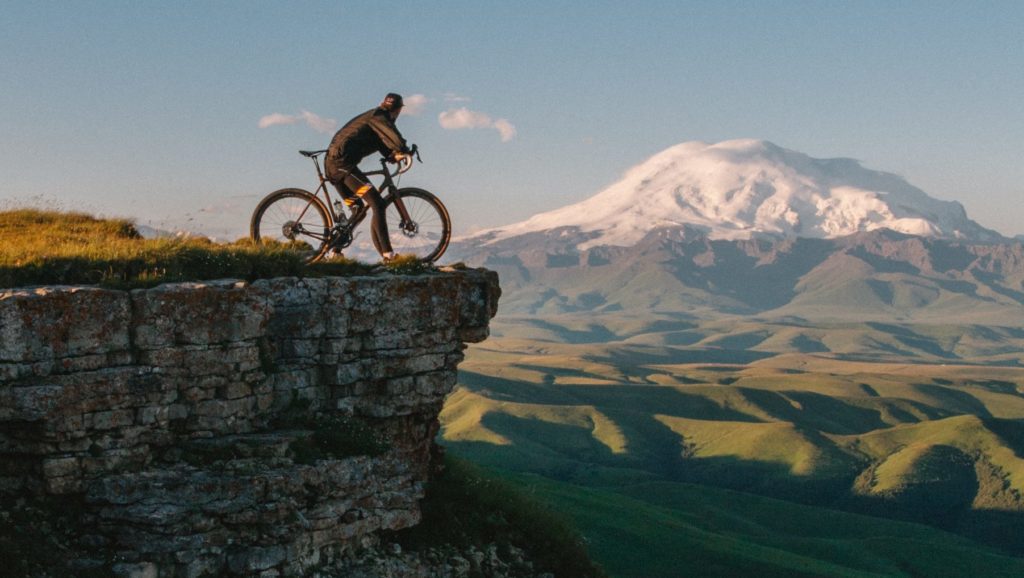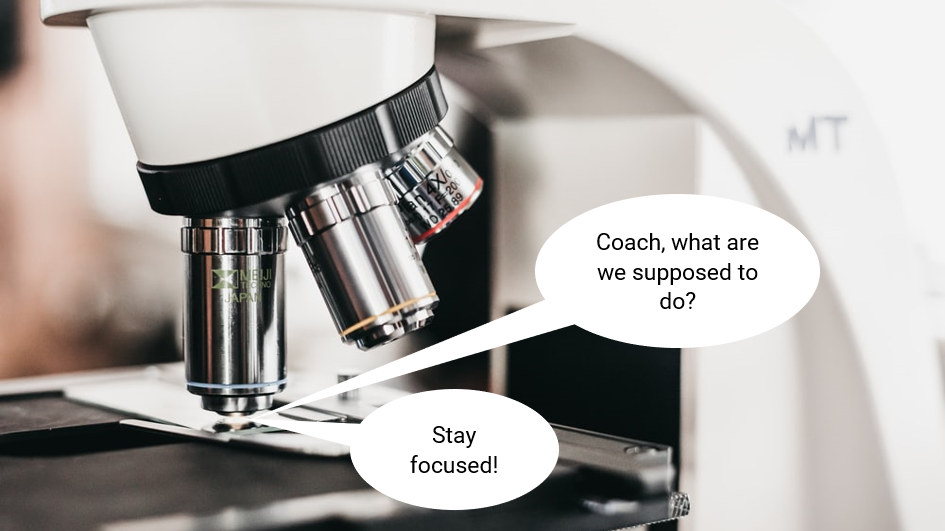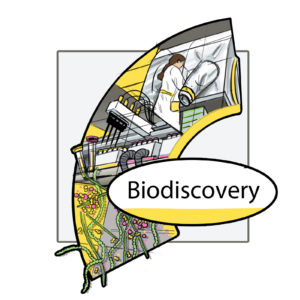The mission of UNLOCK (to unlock microbial potential) can be compared with the quest for a dream team, like in sports. One way to do this is by looking for new talents, under very specific conditions, on a large scale. This approach illustrates the research done at our Biodiscovery Platform.
By the UNLOCK team / May 30, 2022
KEY MESSAGES
- Microbes are everywhere, but only 1% of their talent has been discovered so far.
- Microbes are natural team players. However, their true talent might not be discovered when they are forced to play by themselves. That’s why UNLOCK aims to investigate microbes in the context of their “community” or team.
- Multiple ways hold the key to identifying the right talent and composing a dream team.
- In this blog, we exemplify the research of our Biodiscovery Platform, in which we can identify talent under specific conditions at a large scale.
Technical difficulty
1.5/5
Suppose you are looking for (new) potential; where do you start? In sports, talents are often clearly inherited from parents: An ex-professional cyclist introduces his son or daughter to the bike and it soon turns out the kid excels at cycling. The same is true for some microbes. For instance, bifidobacteria were identified in the feces of breast-fed infants. When these microbes were fed breast milk components in the lab, it turned out they were champions in degrading breast milk. From these bacteria we know their talent is genetic. This does not go for all cyclists – and bacteria – though.
Screening for suitable candidates
So, imagine a talent scout in a large group of youth cyclists looking for cycling talent. Based on the scout’s experience with existing professional cyclists, the scout knows more or less what qualifies as suitable attributes. It also depends on the type of rider needed: a climber, sprinter, time trialist, etc. After the first selection rounds, the final candidates are individually screened for the attribute of interest. From the microbes that we know today, we also more or less know which characteristics are valuable: which food does a specific bacterium need and what does it produce? And how fast? One of the advantages of the Biodiscovery Platform is that, even in a heterogenous mix of microbes, it allows the individual screening of microbes at a large scale.
Selecting under very specific conditions
In some cases, talents are not so apparent from the start. Some cyclists, for instance, perform better at high intensity or altitude, when (blood) oxygen levels are low. The same goes for microbes: Some thrive best in the absence of oxygen! You can imagine that these diehards are hard to investigate in a lab where scientists are dependent on oxygen. The Biodiscovery Platform allows the cultivation of microbes without oxygen at a large scale. This feature helps to unlock new microbial potential.

Putting together an initial team
As mentioned in our previous blog microbes do often not operate alone and even depend on each other. The Biodiscovery Platform allows for a first screening of the newly identified microbes as a team. This team can be taken directly from natural environments, such as the human intestinal tract or soil (“natural microbial communities”). Alternatively, the team can be composed manually by selecting individual microbes and putting them together. This is what we call a “synthetic microbial community”. Both natural and synthetic microbial communities do allow for the discovery of new or unexpected talents.
Testing the team
Once an initial team is established, the Biodiscovery Platform can help to address the following questions:
- How does the team perform in general? Similar to cycling, where performance is judged by looking at speed or power, there are parameters in microbiology that say something about microbes' performance. Think about the compounds produced by the microbes or their growth speed. All these parameters can be measured in the Biodiscovery Platform. Due to the combination of microbes in a team, some unexpected products may be formed.
- How stable is the team? Obviously, you do not want any drop-outs, because of injuries, for instance. Additionally, you do not want two cyclists competing for the role of the leader. They might end up fighting, disrupting team dynamics. Similarly, one microbe may outcompete another. From this perspective, it is good to ensure a good team balance.
- Does the team require other talents or tasks? A professional cycling team cannot do without mechanics, technicians, cooks, dieticians, medical, and other staff for optimal performance. Similarly, when studying a new microbial team in the lab, it might become apparent that additional talents are needed. Example: The team of microbes produces a compound that was not expected beforehand. If this compound is not desired, another microbe has to be added that can turn this compound into a more favorable product.
Integration with the other platforms
After the initial screening, the most promising teams and their potential can be further investigated in the Parallel Cultivation Platform, where the teams can be compared under different conditions with the Parallel Cultivation Platform, which we will exemplify in the next blog. Alternatively or subsequently, different teams can be combined in the Modular Bioreactor Platform, as explained in the fourth blog.
- Lead image by Misael Moreno via Unsplash


